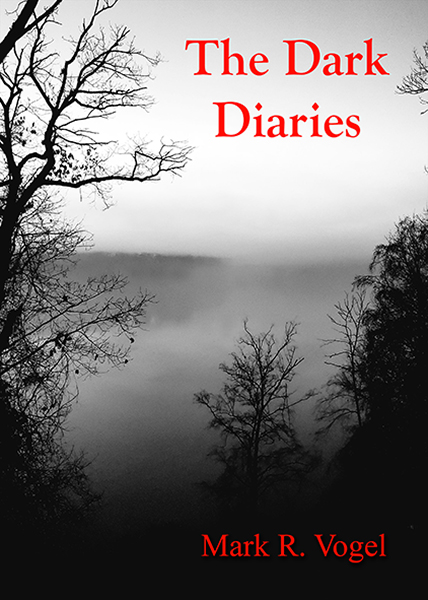City of the Living Dead is the first installment in Lucio Fulci’s unfinished trilogy in which the Seven Gates of Hell have been opened. Though a trademark film for the Italian director in its Grand Guignol excesses, the work seems to be a practice run for the director’s masterpiece a year later, The Beyond, in that it is a mere patchwork of scenes which fail to convincingly adhere to its proposed plot.
On October 29, when a priest by the name of William Thomas (Fabrizio Jovine ) hangs himself in the town of Dunwich, which was erected over the legendary town of Salem, he opens one of the seven gates of Hell. Meanwhile in New York, after Mary Woodhouse (Catriona MacColl) suddenly dies during a séance when she witnesses the priest’s suicide, journalist Peter Bell (Christopher George) begins following the case as Mary’s friend, Teresa (Adelaide Aste), discloses that the Enoch, a 4,000 year-old prophetic tome, foretells of the end of the world beginning with a priest’s demise, signaling four days until the dead return to claim the Earth on All Saint’s Day. Just as Mary is being laid to rest, Peter realizes that the psychic is still alive and exhumes her. As strange occurrences begin taking place around them, the living dead begin to slowly rise as Peter, Mary, a psychologist named Gerry (Carlo De Mejo), and his patient, Sandra (Janet Agren), race against the clock in search of Thomas’s grave.
During several instances, the term “evil” and “fear” are uttered in such a manner as to insinuate pointed relevance. However, though Hell upon Earth is proposed, we are never issued a reason for the ensuing catastrophe despite the fact that we can faintly smell plot legitimacy in that Dunwich is located atop Salem, thus the dead could easily cite their motivation as revenge for the wrongs which occurred almost 300 years prior. Of course, it doesn’t help matters that Gerry wills away the apparition of the zombified Emily Robbins (Antonella Interlenghi), thus implying that the undead plight is perhaps the symptoms of mass hysteria, thus collective guilt for the wrongs committed centuries before. Regardless, neither instance is validated as the presence of both possibilities thereby exacerbate the scenario that much more.
On that note, what we are left with is a barrage of the undead, though they are merely a facet of the overall evil which is beginning to take place as a consequence of the priest’s demise. That said, the undead are portrayed as zombies and, though they are cannibalistic, they perplexedly teleport, à la ghosts. However, though the City of the Living Dead is obviously unorganized, we nonetheless are forced to applaud Fulci in his inventiveness, for instead of giving us Hellfire and brimstone, he replaces Old Testament chaos with extremely visceral events signaling forthcoming damnation. As such, much like his Italian peer, Dario Argento, who stated that he would rather depict a person being stabbed as opposed to shot for most every one of us can relate to being cut but few can empathize with a gunshot victim, Fulci grants us a more temporal as it were, and less idealized, vision of Hell.
Regardless of one’s predisposition for one form of psychological terror, phobia, or preconditioned fear, Fulci is bound to strike a nerve at some point during City of the Living Dead for we are witness to mysterious fires, mirrors instantaneously shattering, walls cracking and bleeding, individuals who are forced to cry blood while others vomit their innards, a handful of unfortunates are victim to having their craniums ripped out as their brains quickly pour forth, while yet another meets his untimely death by way of a drill to the temple. However, my personal favorite horror is more Biblical, for four characters are seized by a storm of maggots (in place of Holy amphibians). Fulci even pauses to insert a temperamental kitten for viewers who happen to suffer from ailurophobia.
However, amid the apocalyptic mayhem, we obliged to wonder why Peter elects to use a pickax to unearth Mary, which becomes all the more suspect considering he is operating upon the belief that she might very well be alive and why everyone in the New England town states “forty-eight hours” as opposed to “two days” after we pose the question of just how strong are gravediggers after two (Michael Gaunt and Perry Pirkanen) lift and carry Mary’s casket to its plot as is if it were a mere trifle.
H. P. Lovecraft is given co-story credit, even though only his fictional town’s infamous name is utilized atop a smidgen of the gothic writer’s signature atmosphere in Lucio Fulci’s film. I include this bit of information due to the fact that, aside from gore hounds (I am amazed at how the work managed to escape being listed as a Video Nasty), Fulci cultists, and Italian horror fans, I doubt anyone outside of the Lovecraft guild would have the slightest interest in City of the Living Dead. Thankfully, the work can be viewed as the trial run for a motif which the director would use to create his masterwork, The Beyond.
-Egregious Gurnow
- Interview with J.R. Bookwalter - January 22, 2015
- Interview with Andrew J. Rausch - January 22, 2015
- Interview with Rick Popko and Dan West - January 22, 2015
- Interview with Director Stevan Mena (Malevolence) - January 22, 2015
- Interview with Screenwriter Jeffery Reddick (Day of the Dead 2007) - January 22, 2015
- Teleconference interview with Mick Garris (Masters of Horror) - January 22, 2015
- A Day at the Morgue with Corri English (Unrest) - January 22, 2015
- Interview with Writer/Director Nacho Cerda (The Abandoned, Aftermath) - January 22, 2015
- Interview with Actress Thora Birch (Dark Corners, The Hole, American Beauty) - January 22, 2015
- Interview with Actor Jason Behr, Plus Skinwalkers Press Coverage - January 22, 2015


